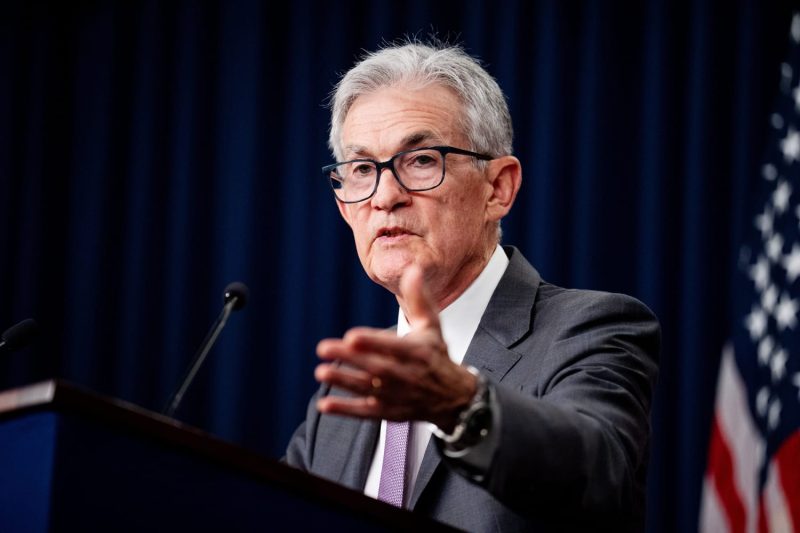The current state of the global economy has been marked by uncertainty and volatility, with markets closely watching the actions of central banks, particularly the Federal Reserve, as they navigate potential risks of a looming recession. Speculation on the need for interest rate cuts has become a focal point for investors, with many hoping that such measures will help stave off economic downturns and support market growth.
One key aspect of the debate surrounding interest rate cuts is the timing and magnitude of such actions. Market analysts and investors are closely monitoring economic indicators and financial data to gauge the necessity of rate cuts and the potential impact they may have on various sectors of the economy. While rate cuts can provide a boost to consumer spending and investment, there are concerns about potential side effects such as inflation and asset bubbles.
The Federal Reserve’s ability to effectively manage interest rates in response to changing economic conditions is paramount in maintaining market stability and promoting sustainable growth. However, the complexity of global financial markets and interconnected economies presents challenges in predicting the outcomes of interest rate adjustments with certainty.
Moreover, the effectiveness of interest rate cuts in averting a recession depends on a variety of factors, including the overall health of the economy, geopolitical risks, and consumer sentiment. While lower interest rates can potentially stimulate economic activity, they may not be a panacea for all economic woes and may have limitations in addressing structural issues within the economy.
Market participants are closely watching upcoming Federal Reserve meetings and economic data releases for signals on the direction of interest rate policy. The Federal Reserve’s communication and transparency in its decision-making process will be critical in guiding market expectations and sentiment, as well as in ensuring that policy actions are well-calibrated to support economic growth and stability.
In conclusion, the debate over the need for interest rate cuts underscores the challenging environment in which central banks operate and the delicate balancing act they must perform in managing monetary policy. As markets anticipate further actions from the Federal Reserve, it is essential for policymakers to carefully consider the potential benefits and risks of interest rate adjustments in order to navigate uncertainties and promote sustainable economic growth.



























